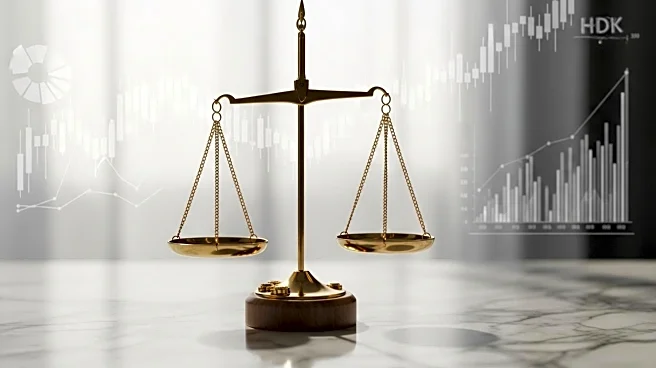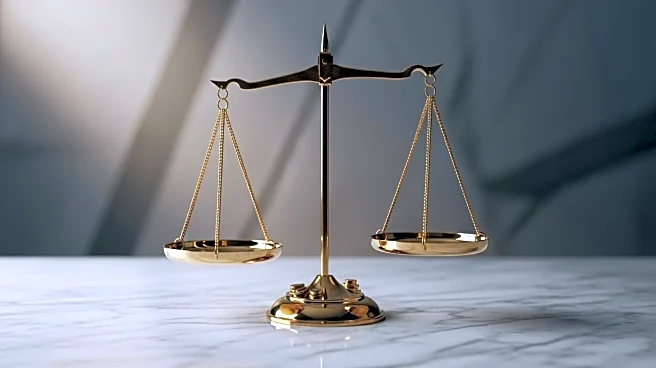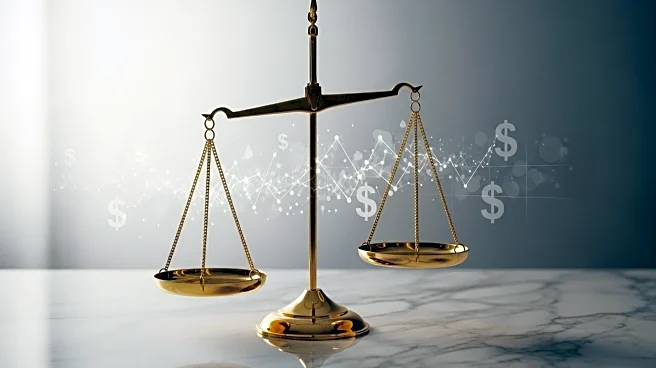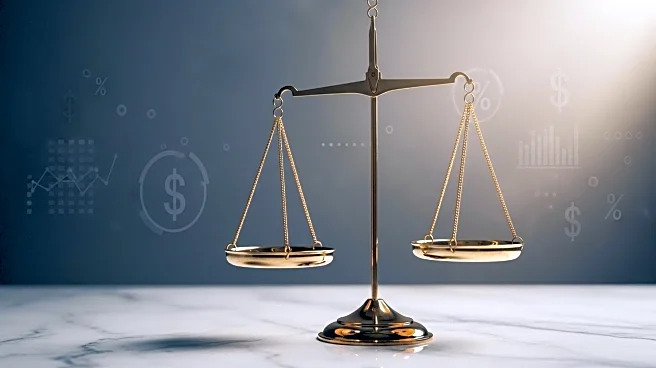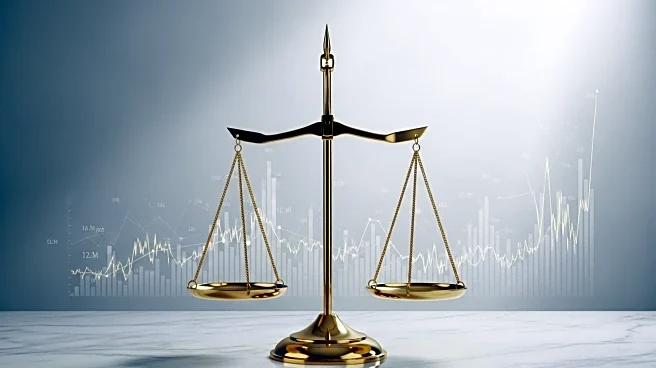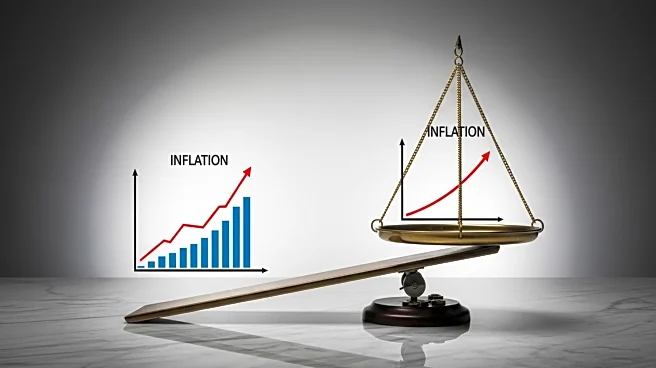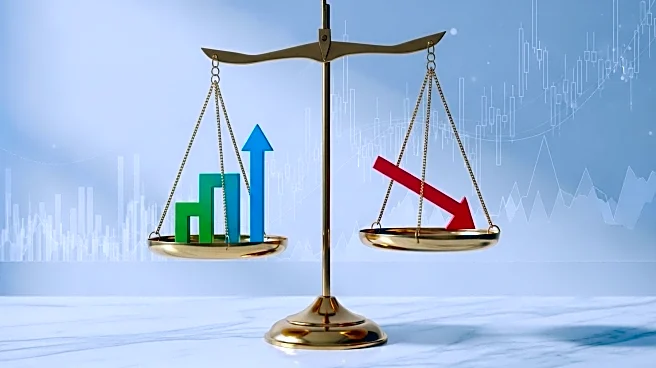What's Happening?
The Federal Reserve is preparing for a crucial meeting where it is expected to lower interest rates for the first time since December. This decision comes in response to a weakening labor market, characterized by unusually weak hiring in recent months. Fed governors Christopher Waller and Michelle Bowman, both appointed by President Trump, have expressed concerns that the Fed should have cut rates earlier, echoing President Trump's calls for lower borrowing costs. The timing of these rate cuts is critical, as it can significantly impact employment levels and inflation rates. The Fed has historically faced challenges in timing its policy decisions accurately, as seen in 2021 when it was criticized for responding too late to rising inflation.
Why It's Important?
The Federal Reserve's decision on interest rates is pivotal for the U.S. economy, affecting millions of jobs and the overall inflation rate. The timing of these cuts is crucial, as it can either stabilize or further destabilize the labor market. President Trump's tariffs have already contributed to rising prices, complicating the Fed's dual mandate of ensuring stable prices and maximum employment. The Fed's actions will influence consumer purchasing power and business operations, with potential short-term inflationary effects from tariffs. The broader economic implications include potential shifts in employment trends and consumer spending, impacting various sectors across the U.S.
What's Next?
The Federal Reserve will continue to monitor economic data closely, with upcoming meetings expected to be 'live,' meaning policy decisions will be influenced by incoming data. Fed officials, including Chicago Fed President Austan Goolsbee, have indicated that these decisions will not be straightforward and will require careful consideration of the evolving economic landscape. The Fed's approach will be crucial in navigating the uncertainties posed by tariffs and labor market fluctuations, with potential further rate cuts anticipated by the end of the year.
Beyond the Headlines
The Federal Reserve's policy decisions highlight the complexities of managing economic stability amid external pressures such as tariffs. The long-term implications of these decisions could affect the Fed's credibility and its ability to respond effectively to future economic challenges. The interplay between monetary policy and political influences, such as President Trump's trade policies, underscores the delicate balance the Fed must maintain in its decision-making process.


